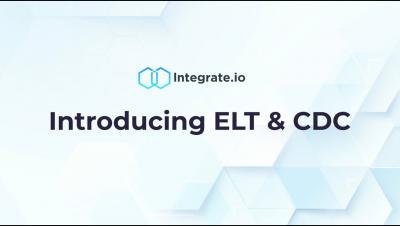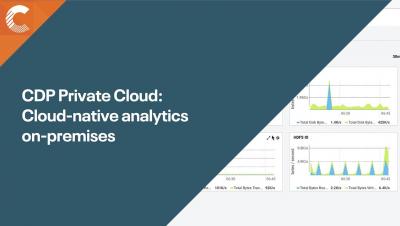Systems | Development | Analytics | API | Testing
Analytics
Integrate.io's ELT & CDC Platform Overview
Salesforce Data Integration
Understanding the Elasticsearch Query DSL: A Quick Introduction
Elasticsearch is a distributed search and analytics engine that excels at handling large volumes of data in real time. When we have such a large repository of data, singling out the most suitable context can be a grueling task. And precisely that’s why we query. Querying allows us to search and retrieve relevant data from the Elasticsearch index with relative ease. Elasticsearch uses query DSL for this purpose. Query DSL is a powerful tool for executing such types of search queries.
The Showdown: Snowpark vs. Spark for Data Engineers
Introducing the Hive-BigQuery open-source Connector
With the open-source Hive-BigQuery Connector, you now can let Apache Hive workloads read and write to BigQuery and BigLake tables.
CDP Private Cloud | Cloud-native analytics on-premises
Salesforce Data Enrichment: What You Need to Know
Moving Data From MySQL to Redshift: 4 Ways to Replicate Your Data
Running a BI Team with limited resources
Business Intelligence (BI) teams often face several resource constraints that can impact their ability to deliver their objectives effectively. They must run effective operations with limited time, resources, budget and people. The role can be incredibly challenging when multiple projects are highly prioritised, where data and reports were required yesterday. That said, there are ways to make these challenges more manageable.










